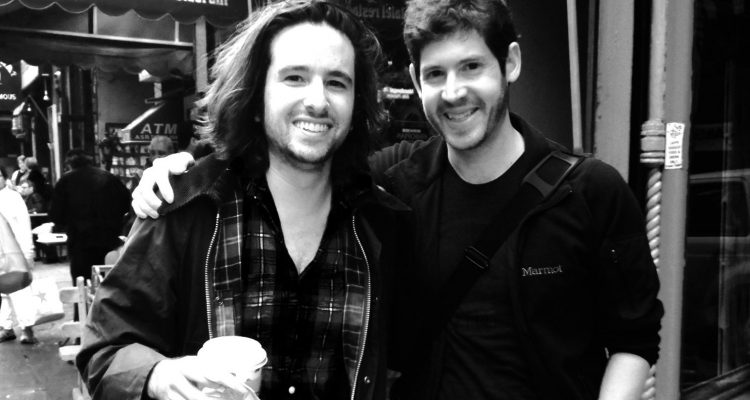In Praise of the Humble Website
The other day I had an informal talk with a friend about a project we had been offered. I can’t divulge much about the project but I can say that it has, structurally, a lot in common with an ecommerce app. Users shop a class of product and check out, they’ll also be able to use common coupon codes like the ones found on websites like Raise. Work has already been done on this app. The “MVP” that has been built has a wholly decoupled “thick client” browser-based UI built in AngularJS. I have a decent amount of experience with AngularJS as well as the other, similarly popular (possibly moreso) javascript MVC framework Ember.js.
I have seen a trend firsthand in the last several projects I have been offered – and a couple that I have taken on – toward the use of these javascript frameworks and decoupled, thick client architectures. Stunningly, in every one of these cases, the architecture is unambiguously more burden than benefit (much more, in fact) in respect of both development load and user experience.












